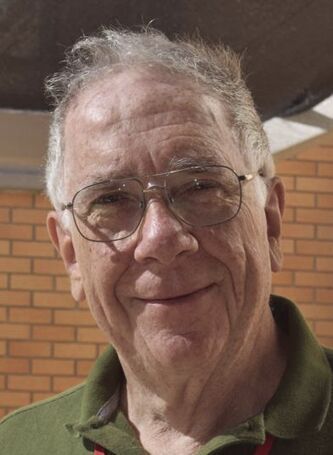Radio astronomy is now a very important branch of astronomy. It is showing us things about the universe and its workings that would not be possible any other way.
The continuous development and construction of new radio telescopes, such as ALMA and CHIME, and the discoveries they are making, are evidence of radio astronomy╬┌Đ╗┤ź├Ż continuing importance.
The first recorded attempt to detect cosmic radio waves was probably made by Oliver Lodge, in 1894. He tried to detect radio emissions from the Sun. He failed, partly because his radio receiving equipment was too insensitive, and secondly he chose to try his experiment from downtown Liverpool (UK) in a sea of interference from electric trams and other electrical devices.
In 1901 Nikola Tesla set up a system to detect cosmic radio waves. He too did not succeed.
In the 1930s, long-distance radio communication was opening up the world, and companies were seeing the commercial advantages of making world wide radio communications open to everyone.
This was a big issue, because at the time these systems were handled by trained operators who understood interference, and were familiar with occasional blackouts and the idiosyncrasies of the ionosphere, which guided the radio waves around the world.
This was a long way from a communication system acceptable to the public, who just wanted to pay the money and promptly get information to the intended recipients.
The first step was to find out what would interfere with radio transmissions, how serious it was and how often it would happen.
To do this, Bell Laboratories, instructed one of their engineers, Karl Jansky, to set up an appropriate antenna and receiver system, and to do a long-term study of interference liable to degrade or block long-distance commercial radio communications.
To do this, he set up a directional antenna and mounted it on the wheels from a Model-T Ford so that it could scan the horizon to find out what direction the interference was coming from. The signals received by the antenna were fed to a state-of-the- art receiver, where Jansky could listen to them and measure their strength.
In those days we were still learning about the radio interference from electric motors, car ignition systems and so on, so there was a lot of stuff for Jansky to evaluate.
Over the following months Jansky recorded the multitude of forms of manmade interference, and the interference produced by thunderstorms.
However, when he had done this, he was left with something weird: a faint, hissing noise that went away when he unplugged the antenna.
Moreover, when he rotated the antenna to the direction of maximum hiss, he found the source moved East- West during the day. He finally tracked down the source of the signal; it was the Milky Way.
Because Jansky was not a ÔÇťReal AstronomerÔÇŁ, his discovery got little astronomical interest. One astronomer commented that these engineers should stick to playing with their radios.
The only person excited by it was Grote Reber, a radio amateur. He made a 10m dish and a sensitive receiver and made the first radio map of the sky.
Reber too was an engineer, so the astronomical community largely ignored his work.
However the thing that changed everything was the Second World War. This brought scientists and engineers of all kinds together, and established relationships and trust that had not existed before.
Also, during the war years, huge progress was made in antenna and receiver design, and afterwards there were huge piles of equipment to be used for making radio telescopes.
Finally, at last, radio astronomy was off and running.
--
Jupiter lies low in the dawn glow, with Mars and then Saturn higher and further to the west. The Moon will reach First Quarter on the 13th.

